General Lake on Pu Huot peak
During the period 1954 - 1959, Muong Phang commune had 12 villages with a total population of over 700 people belonging to 3 main ethnic groups: Thai, Mong and Kho Mu. At that time, the villages were sparse, people's lives were very difficult. 100% of households had houses with thatched walls and bamboo walls. Recalling his childhood years, Mr. Lo Van Am, 78 years old in Co Man village said: "At that time, Muong Phang was very poor. There were no potatoes or cassava to eat. Every family had to go into the forest to dig for cassava to fight hunger. A few years later, thanks to the soldiers coming to guide land reclamation and production, households began to have small plots of rice. Cultivating one crop, saving a little rice mixed with potatoes and cassava to eat instead of cassava, but every year there was still a shortage of food for 5-6 months".
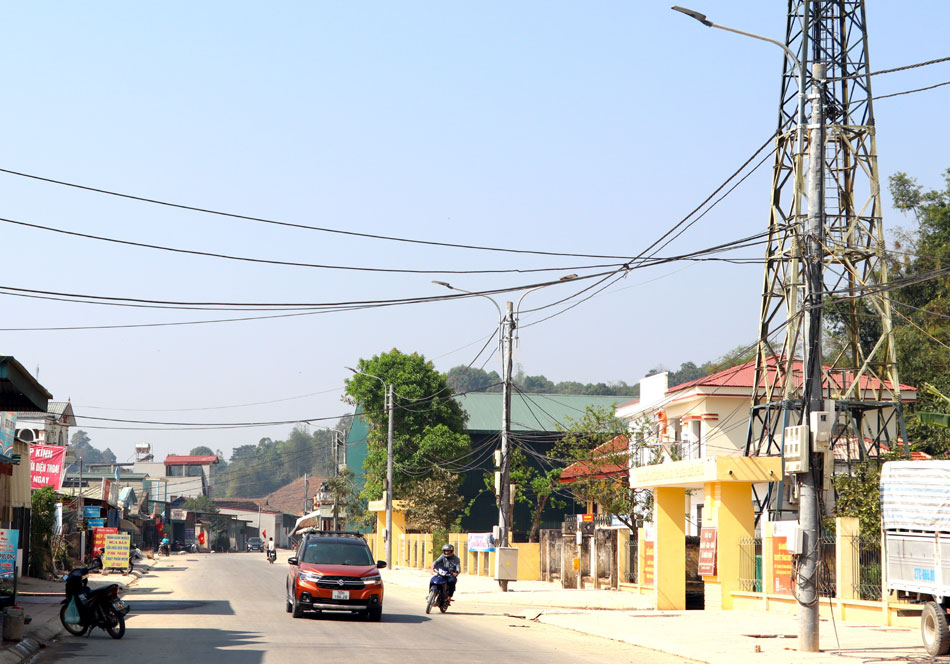
Later, the area reclaimed for rice cultivation in Muong Phang was expanded by the people. However, most of this area could only produce one crop due to lack of water. Mr. Lo Van Bien (born in 1956), former Secretary and Chairman of Muong Phang Commune from 1998 to 2015, said: “Until after 2000, most of the agricultural production area of the commune could only cultivate one crop. People simply relied on water from local streams. The fields lacked water, so productivity and output were not high.”
According to Mr. Bien, in 2004, when General Vo Nguyen Giap returned to visit Muong Phang, the General was very saddened to see the people here having to live in a situation of scarce water for production. After that visit, with his affection, considering Muong Phang as his second homeland, on September 30, 2008, the General wrote a letter to the Government, the Northwest Steering Committee, and the Ministry of Agriculture and Rural Development, requesting to meet the wishes of the people of Muong Phang commune to build the Loong Luong irrigation reservoir. In the letter, the General wrote: “…Muong Phang is one of the national historical relics that need to be preserved. The ethnic minorities of Dien Bien province and Muong Phang commune have contributed human and material resources in the two resistance wars and in the period of national construction, and at the same time contributed to preserving the historical relics of the Dien Bien Phu victory. In order to create conditions for Dien Bien province and Muong Phang commune to carry out the work of hunger eradication and poverty reduction, boost production, and improve the lives of the ethnic minorities in the area, I propose that the Government’s Northwest Steering Committee and the Ministry of Agriculture and Rural Development create conditions for Dien Bien province and Muong Phang commune to implement the above project.”
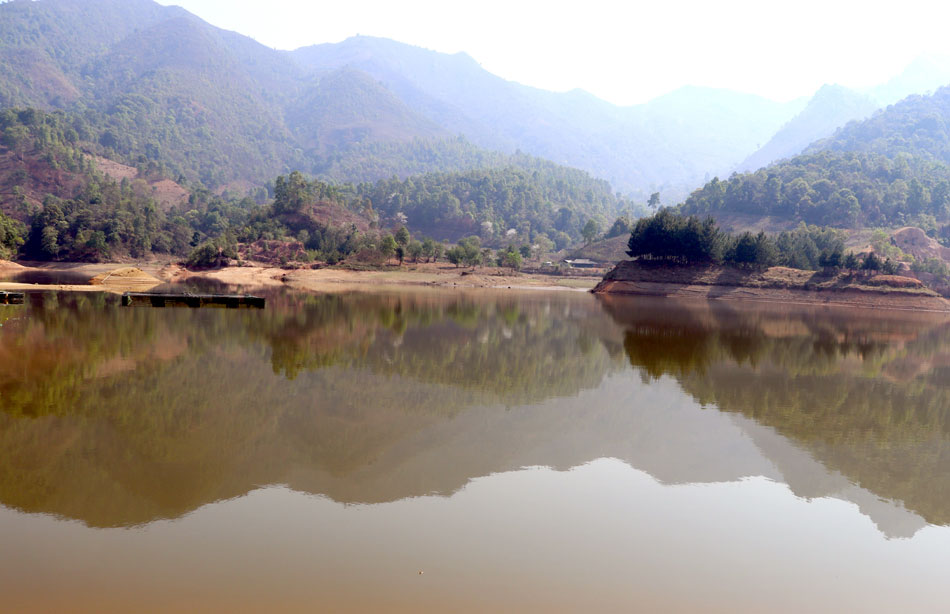
At the end of 2010, the Loong Luong reservoir project began construction. The head dam is located at the confluence of the Loong Luong and Loong Nghiu streams, with a total basin area of 1.9 square kilometers. The reservoir has a useful capacity of more than 1 million cubic meters, providing irrigation water for 150 hectares of rice fields in the area. After 2 years of construction, Loong Luong reservoir was completed and put into operation, opening a period of sustainable and stable agricultural development in Muong Phang commune.
Previously, the Mong ethnic minority villages such as Loong Luong 1, Loong Luong 2, Co Man, Loong Hay, Loong Nghiu were always the "depressions" of economic development in Muong Phang commune. Because people had little land for production, the land was barren, and they could only produce one crop due to lack of water. Since the Loong Luong reservoir was built, the limitations in production have been overcome.
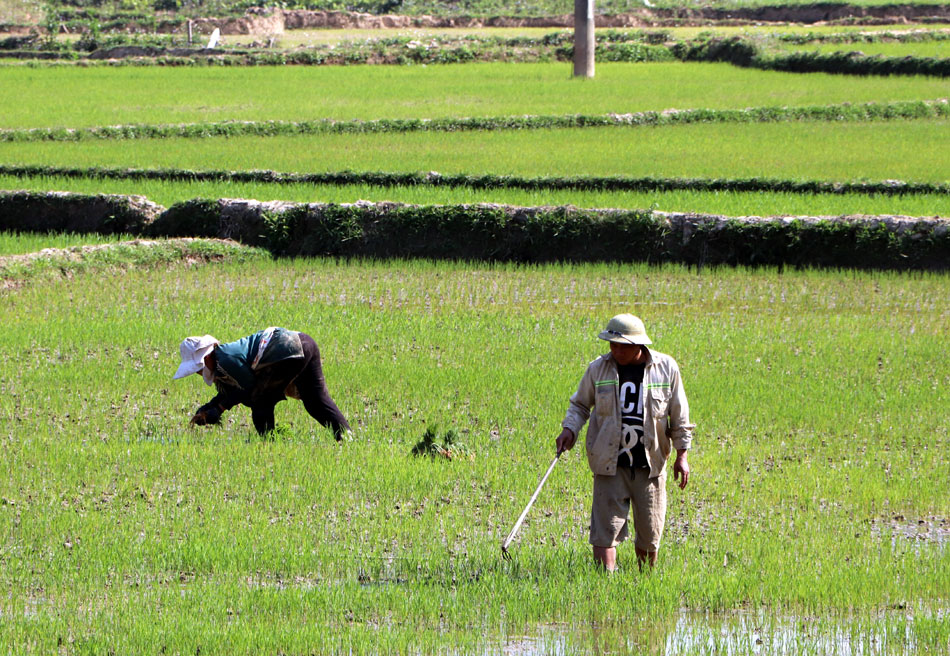
Mr. Cu A Cha, Loong Luong 1 village, excitedly said: Before, my family had about 2,000m2 , and could only grow one crop due to lack of water. But since the irrigation reservoir was built, 100% of the area can grow two crops. In recent years, I have reclaimed an additional 2,000m2 of land to grow two more crops of rice. With a total area of over 4,000m2 , the rice produced is not only enough to eat but also has surplus to sell. We are very grateful to the General!
Not only the 5 Mong villages, Loong Luong Lake also provides water for almost all 20 villages of Muong Phang commune. With enough water for production, the area of rice fields for 2 crops of the commune is constantly increasing. If in 2013, the total rice area of the commune was 150ha (100ha of rice fields for 2 crops and 50ha of rice fields for 1 crop), by 2023, Muong Phang commune will have 225ha of rice fields for 2 crops and 87ha of rice fields for 1 crop. The average food per capita is 534kg/year.
Loong Luong Lake on Pu Huot peak is often affectionately called "Uncle Giap Lake" or "General Lake" by Muong Phang people to show gratitude for General Vo Nguyen Giap's affection and care for the people of Muong Phang.
Muong Phang New Rural Area
After 70 years of Dien Bien liberation, the revolutionary base land of Muong Phang has also grown, "changing its skin" day by day. Muong Phang of the past has now taken on the new look of a new rural commune.
In 2011, Muong Phang entered the new rural construction process with the mindset of being the commune with the lowest starting point among the five model communes. Despite many difficulties and challenges, the Party Committee, government and people of Muong Phang always promoted the revolutionary tradition, solidarity, and dedication to build their homeland.
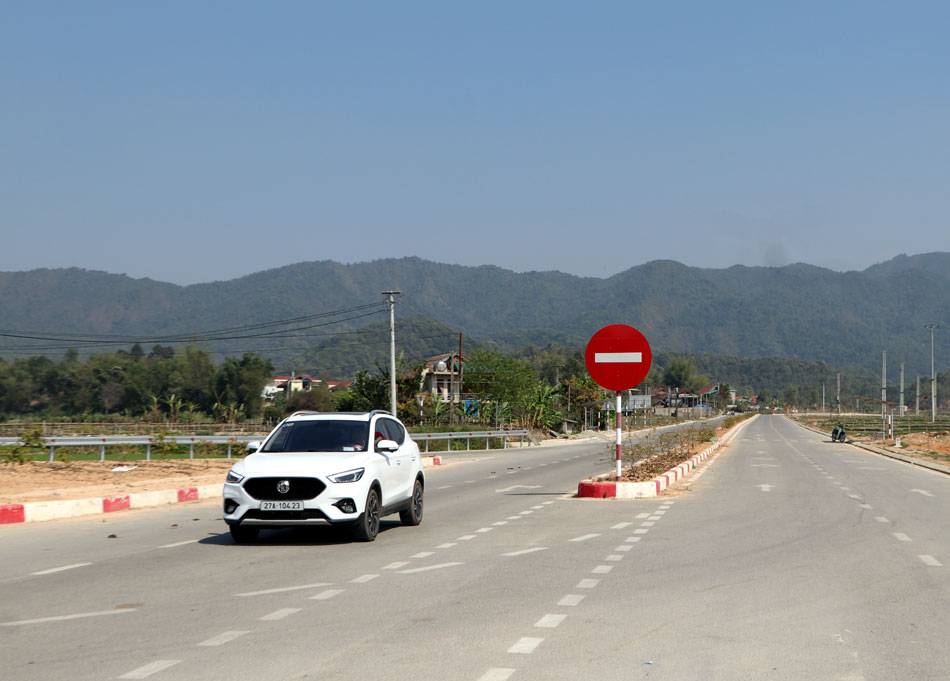
Building a new countryside, Muong Phang commune is planned to have both modern and civilized elements but still preserve and promote the traditional values of ethnic groups. Traffic infrastructure is invested synchronously. Inter-commune roads are expanded and paved; 100% of intra-village and inter-village roads are concreted solidly. Irrigation works are continuously invested in construction with hundreds of kilometers of canals hardened. The 3-level school system is invested in spaciousness with full teaching and learning equipment; 100% of villages use the national grid... For projects supported by the State with materials, people contribute their efforts. For projects funded by the State, people donate land and rice fields for implementation.
During the historic days of March, 70 years ago, when our army opened fire, opening the Dien Bien Phu Campaign, now convoys of cars take tourists from all over the country to Muong Phang to visit the old Campaign Command Headquarters. Everyone acknowledges that Muong Phang is beautiful, peaceful, worthy of being a heroic historical land.
Ms. Nguyen Thi Binh, 62 years old, a tourist from Hanoi said: “After more than 10 years, I have the opportunity to return to Muong Phang. Muong Phang today is much more beautiful. This is a good thing and very necessary for an important historical site of the country.”
Instead of the old bumpy cobblestone road full of potholes, now from Dien Bien Phu city there are 2 routes, 1 provincial road and 1 large, beautiful national road to Muong Phang. Along the center of the commune, there is a double road with 4 lanes, stone pavement, lighting system, full signs. The stilt houses have bright red tiled roofs. The traditional culture of the local people is preserved from each house, eating habits, culture of exchange and performance. If the poverty rate in 2011 was more than 42%, now the whole commune has only 4 poor households (accounting for 0.03%), striving to have no poor households in Muong Phang commune by the end of 2024. The average income per capita increased from 3.5 million VND (in 2011) to 46 million VND (in 2023).
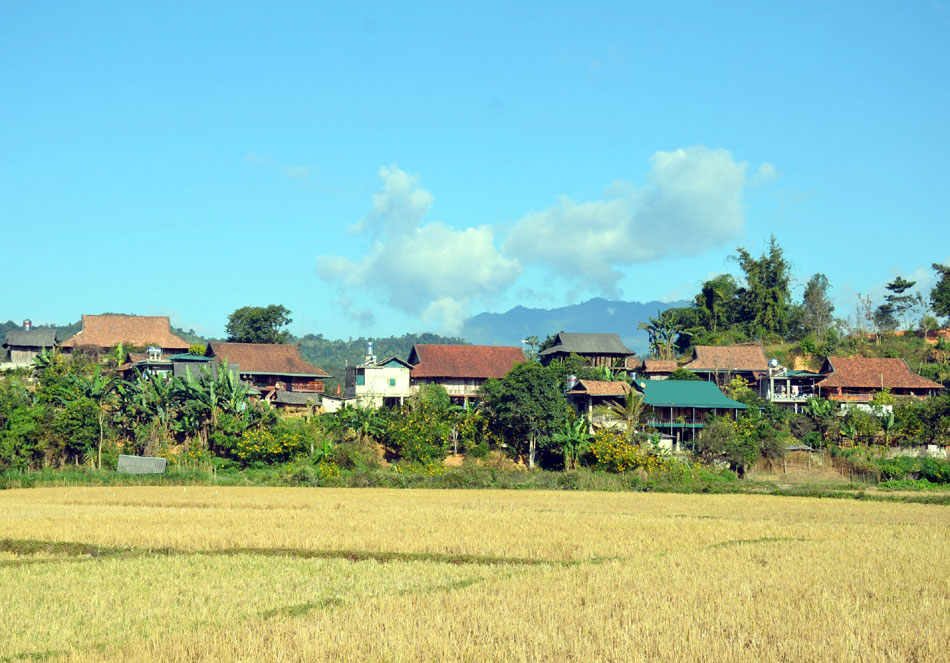
Witnessing the development of his hometown, Mr. Lo Van Lui (born in 1946) - a former cadre of Muong Phang commune said: Only after going through difficult times can we fully appreciate the value of today's changes. Now, Muong Phang hometown is changing day by day, and the people in the commune are very happy.
Mr. Lo Van Hop, Chairman of Muong Phang Commune People's Committee affirmed: "For Muong Phang to have the changes it has today, it is the result of the joint efforts and consensus of the entire political system as well as the consensus of the people of all ethnic groups. The most important thing is the innovation in the awareness, thinking and working style of the people. No longer having the mentality of waiting and relying, people have proactively developed the economy, escaped poverty, and contributed to building a renewed homeland."
Lesson 4: "Glory to Muong Phang land"
Source





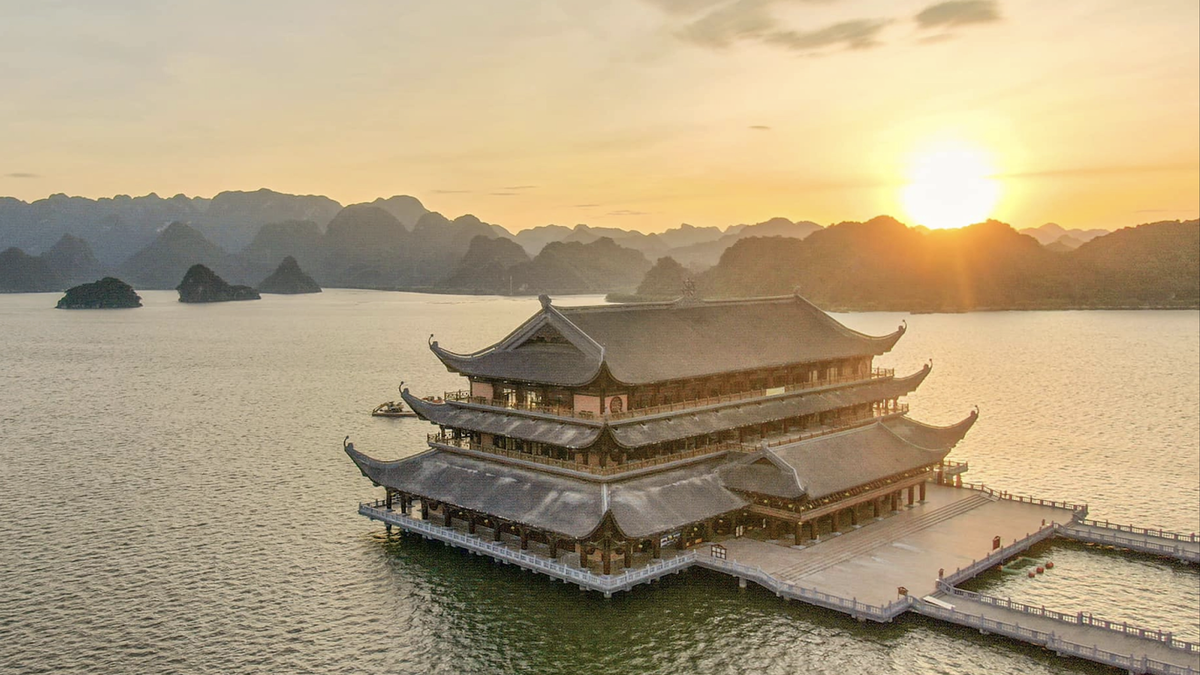


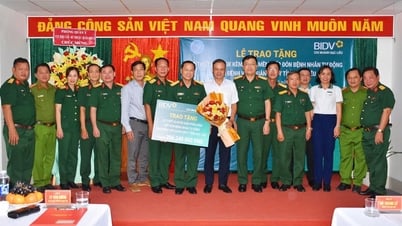
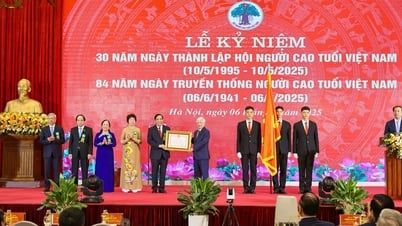

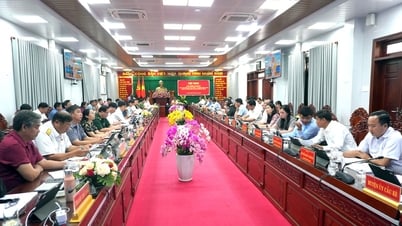










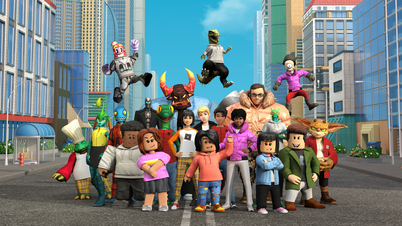



![[Photo] President Luong Cuong works with Hung Yen and Thai Binh Provincial Party Committees on implementing Resolution of the 11th Central Conference, 13th tenure](https://vphoto.vietnam.vn/thumb/1200x675/vietnam/resource/IMAGE/2025/6/6/127b735d2761484d81dcee0d7725a25b)
![[Photo] General Secretary To Lam receives Korean Ambassador to Vietnam](https://vphoto.vietnam.vn/thumb/1200x675/vietnam/resource/IMAGE/2025/6/6/a0765b7543784cbcbfe4755b67d43ab4)


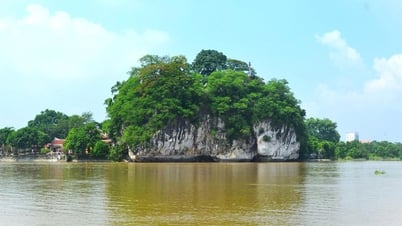

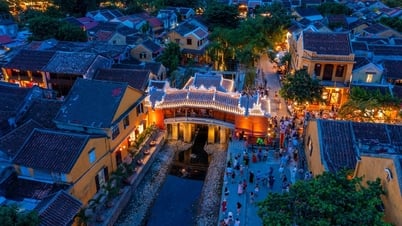




















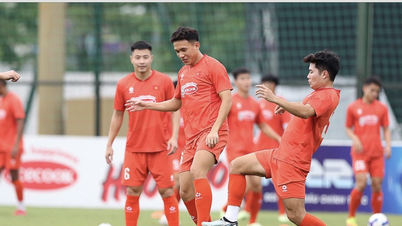
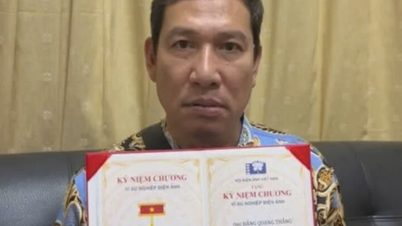

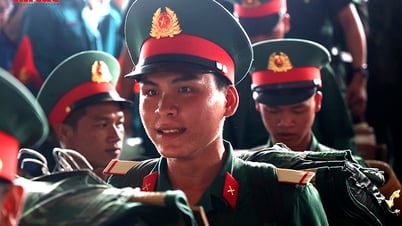
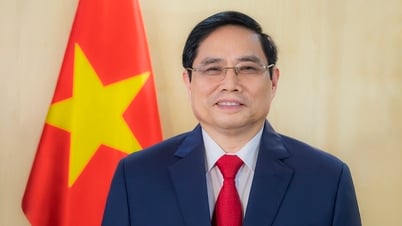

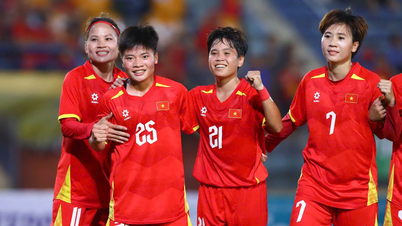




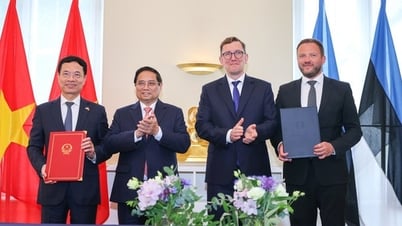


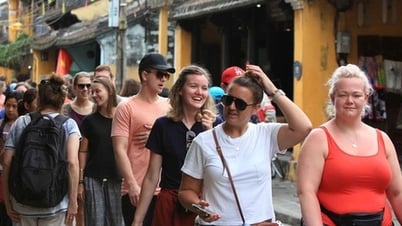


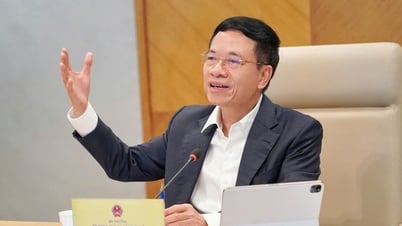
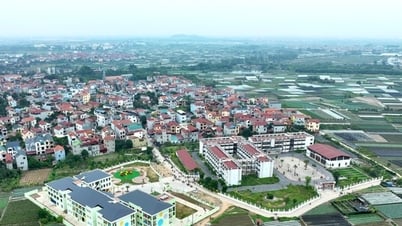



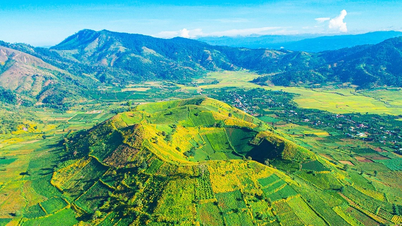

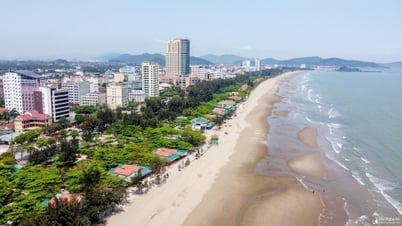

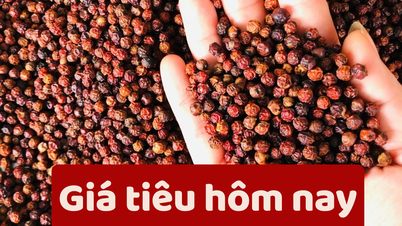






![[OCOP REVIEW] Tu Duyen Syrup - The essence of herbs from the mountains and forests of Nhu Thanh](https://vphoto.vietnam.vn/thumb/402x226/vietnam/resource/IMAGE/2025/6/5/58ca32fce4ec44039e444fbfae7e75ec)





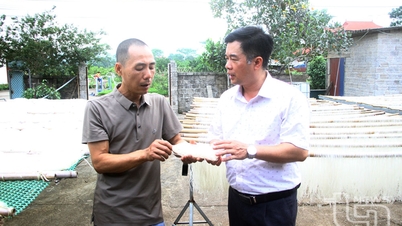

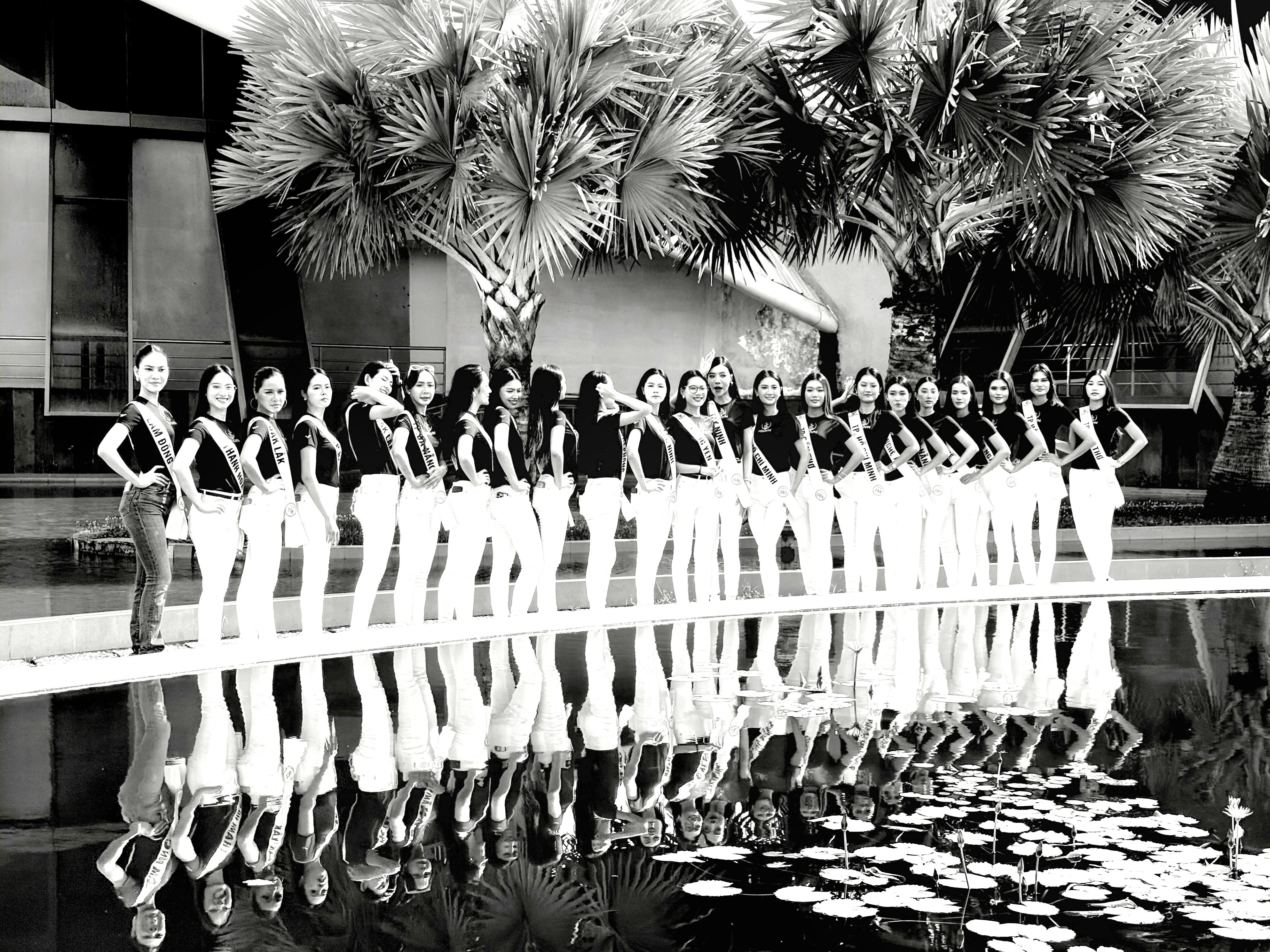
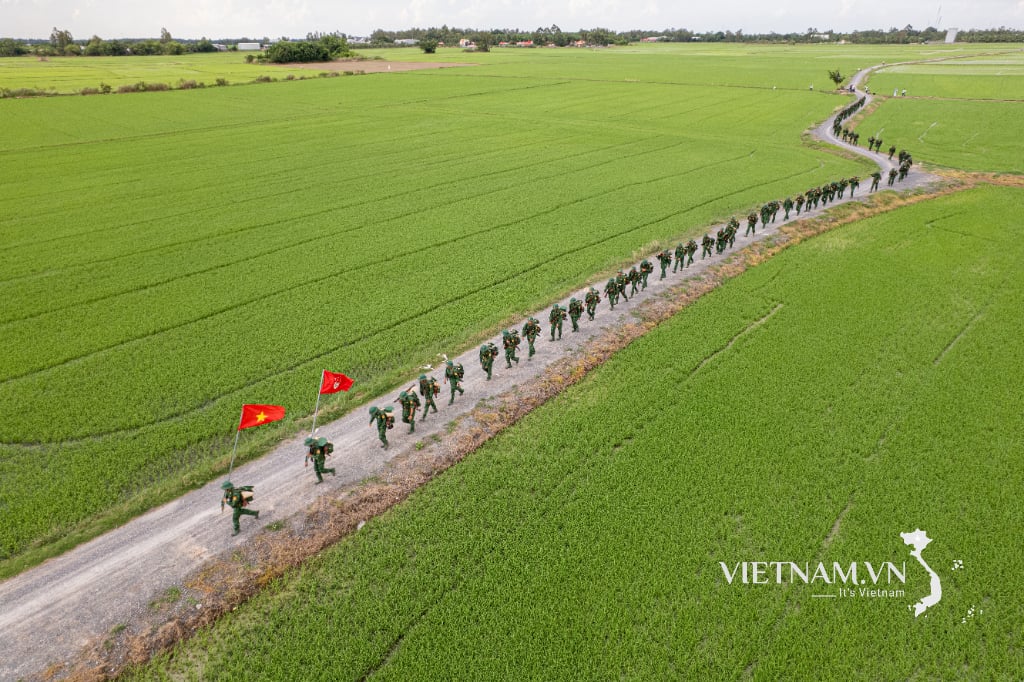
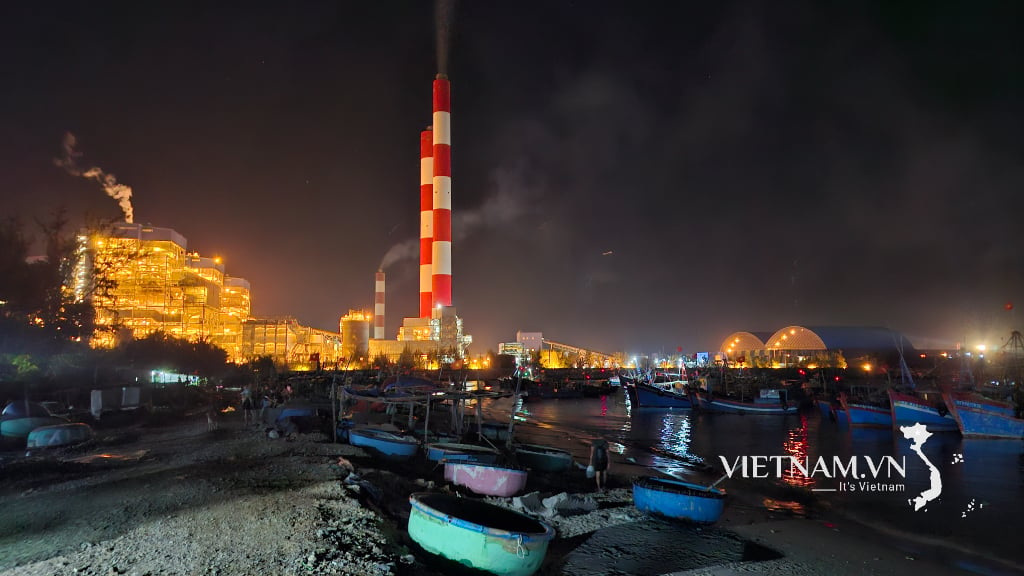

Comment (0)